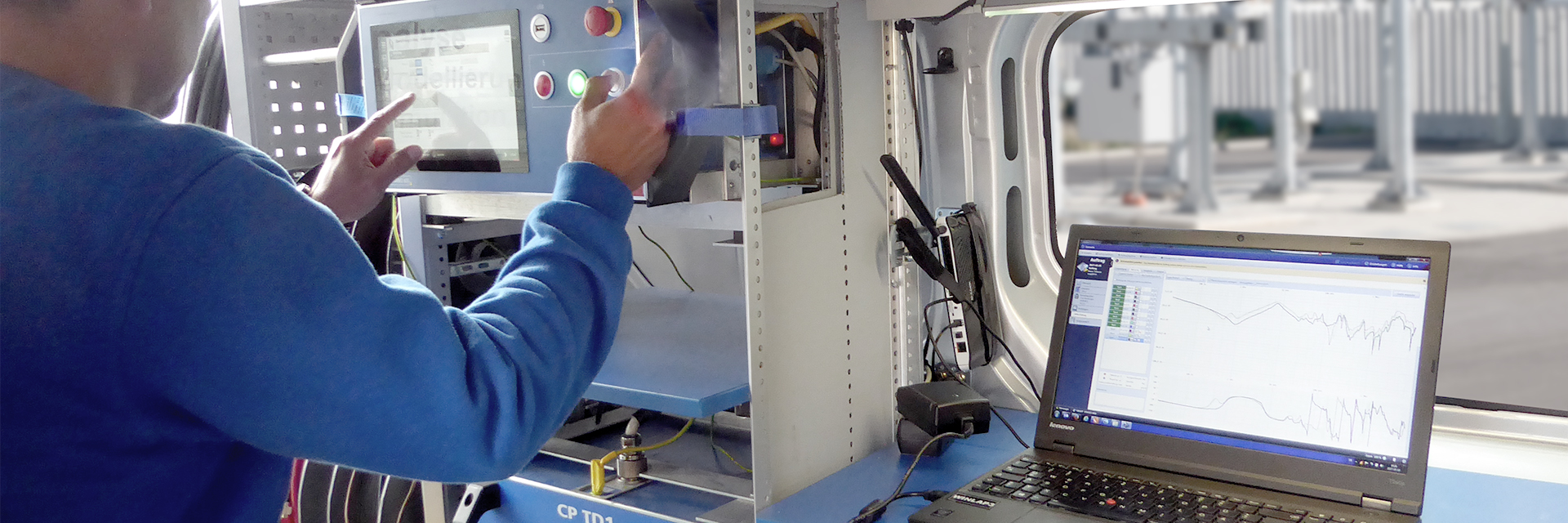Execution and evaluation of various electrical measurements on transformers
The reasons for carrying out electrical measurements on transformers can be divided into three main categories:
- Commissioning test
- Periodic state assessment
- Disturbance analysis
Commissioning tests are very often carried out directly on site by the transformer manufacturer before the transformer is switched on for the first time. However, some customers carry out additional manufacturer-independent commissioning tests for quality assurance purposes. For a better evaluation and classification of a transformer, it is very useful to carry out a fingerprint measurement before the initial commissioning. Based on this, it is possible to interpret all subsequently determined measurement results much more effectively and accurately.
Periodic condition assessment tests are also carried out. However, only selected diagnostic tests (e.g., capacity and dissipation factor measurements) are then usually carried out if no abnormalities are detected in the oil analysis.
Within the scope of a malfunction analysis, various types of abnormalities are clarified. The most common type of abnormality to be clarified is an abnormal oil analysis value. Other examples are the tripping of the Buchholz relay of a transformer or a warning signal (e.g., overtemperature) in the control technology. In these cases, the execution of electrical measurements is unavoidable.
An initial estimation of the electrical measurements required to clarify a specific error can be found in the technical note "Overview of error types on transformers and their detection using diagnostic measurements and online monitoring systems".
The electrical measurements can be divided into two groups:
| 1. basic measurements |
Basic measurements are classical measurement methods that are used for a first solid estimation of the condition of a transformer.
The following measurements belong to the basic measurements:
- Capacitance and dissipation factor measurements on bushings
- Capacitance and dissipation factor measurements on windings
- Ratio measurement
- Short-circuit impedance measurement
- Resistance measurement
- Dynamic winding resistance measurement (tap changer test)
| 2. advanced measurements |
The advanced measurements include measurement procedures that are used for an in-depth clarification of possible anomalies. These measurements are particularly necessary if you want to reliably determine the ageing condition of the transformer. If there is a suspicion of a malfunction (fault analysis), the advanced measurements should definitely be carried out.
- Frequency response measurement
- Partial discharge measurement
- Dielectric response
- Hysteresis curve

